What is hedonistic sustainability? BIG's take on fun-injected sustainable architecture arrives in New York
A new project in New York proves that the 'seemingly contradictory' ideas of sustainable development and the pursuit of pleasure can, and indeed should, co-exist

The term hedonistic sustainability doesn’t make immediate sense. Oxymoronic, mismatched and contradictory, it takes some time to get one’s head around. We all know that tackling climate change, for example through sustainable architecture, is one of the most important missions we have collectively faced as a modern society. It would be fair to say, however, that it is not one often associated with pleasure and self-indulgence. But, somehow, it is a combination that actually works. And there is a ten-mile mega-project currently under construction along the coastline of Lower Manhattan to prove it.
A continuous network of High-Line-nodding elevated parks, public lidos, covered walkways, cycle paths and sports facilities running from East 40th Street around The Battery and up to West 54th Street, this vast U-shaped ribbon of waterfront community space looks, first and foremost, like a masterclass in public placemaking.
But all is not as it seems. Those parks are actually flood plains populated with salt-tolerant flora, the canopies covering the walkways are designed to flip down to create instant storm barriers and every mile of public amenity is built on foundations that double up as towering, utilitarian flood defences. This is the BIG U, one of the most ambitious storm resiliency projects in the world.
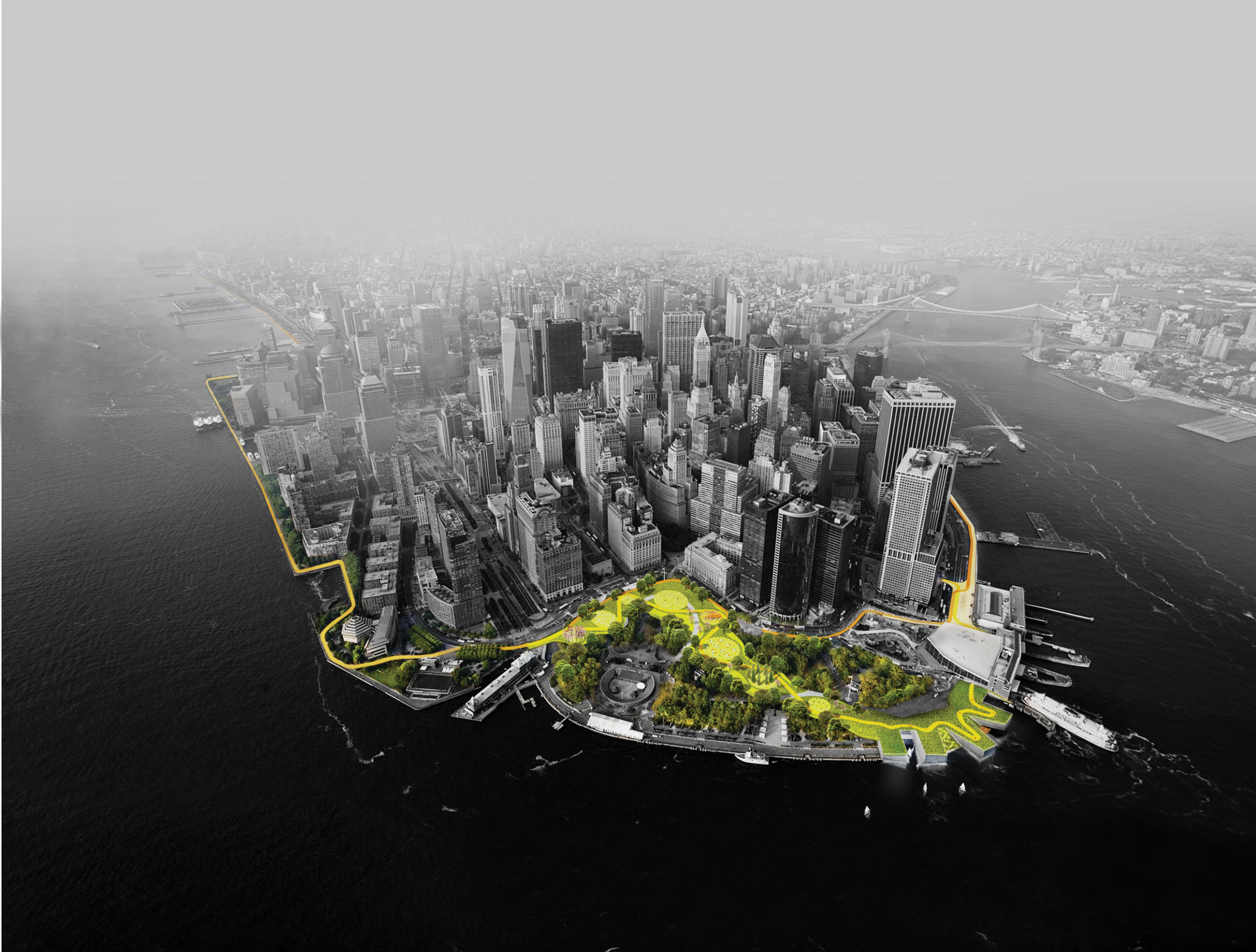
Overview of the BIG U plans
Designed by Danish architecture practice Bjarke Ingels Group (BIG) in the wake of Hurricane Sandy, the BIG U is also a prime example of hedonistic sustainability – a term coined by the group’s founder Bjarke Ingels to demonstrate how the 'seemingly contradictory' ideas of sustainable development and the pursuit of pleasure can, and indeed should, co-exist.
As the first phase of the $2.7bn BIG U gears up for completion next month, the project is setting a new standard when it comes to Ingels’ hedonistic take on futureproofing the built world.
‘Living in a sustainable city meant increasing people’s enjoyment, not sacrificing it’
Bjarke Ingels

BIG U – designed to protect New York against extreme storms
Hedonistic sustainability: what is it?
Hedonistic sustainability has been part of BIG’s DNA since 2002, when the practice delivered the Copenhagen Harbour Bath project (together with JDS). 'We showed that by having a clean port, instead of driving hours to get to the beaches, the citizens of Copenhagen could jump into clean water in the heart of the city,' says Ingels. 'It was like a fantasy where living in a sustainable city meant increasing people’s enjoyment, not sacrificing it. For too long sustainability has been seen as this protestant idea of compromise.'
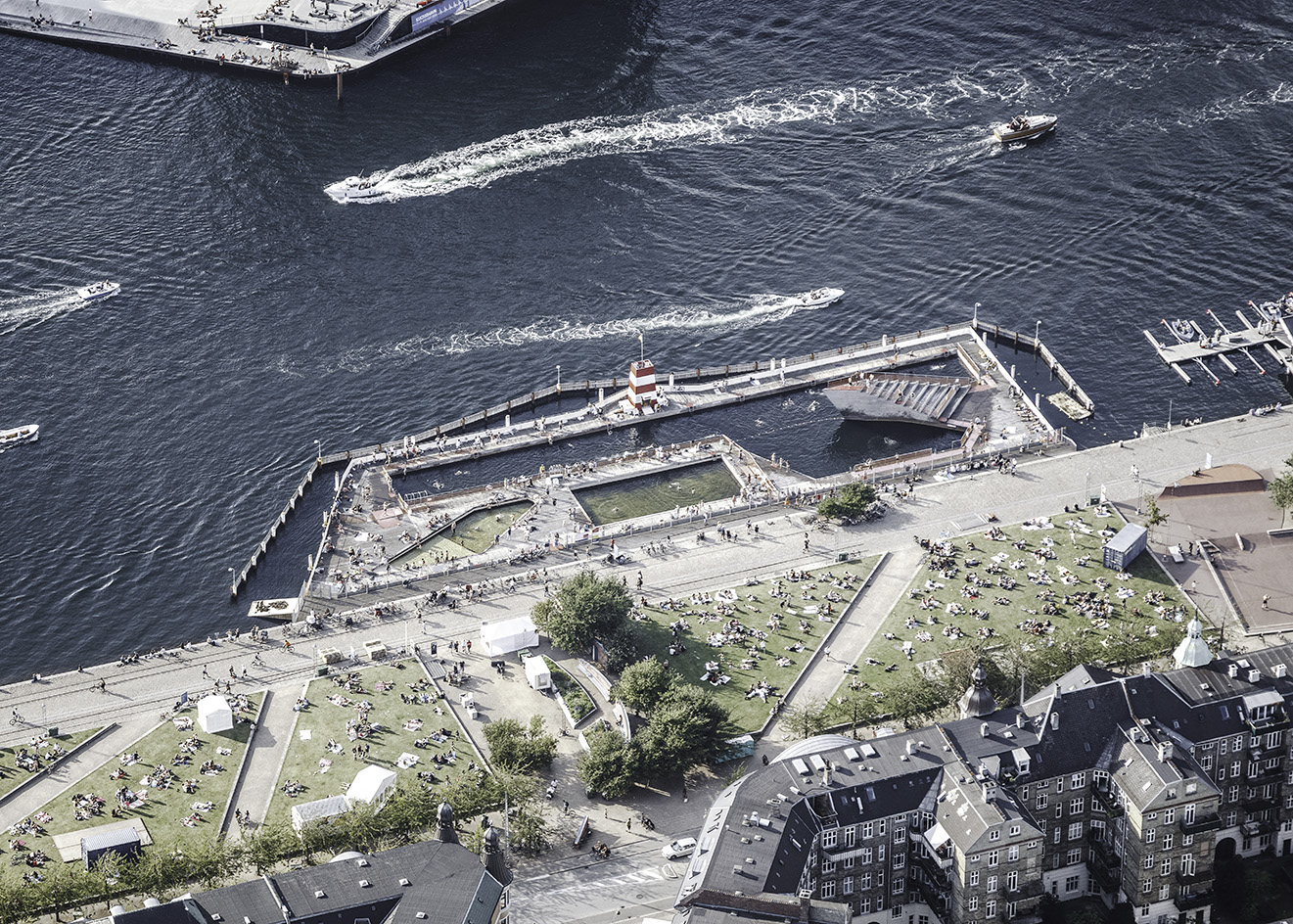
Copenhagen Harbour Bath
The same theory was applied to BIG’s CopenHill, a waste-to-energy plant in the Danish capital complete with a ski slope, a hiking trail and the world’s highest climbing wall running up and down the building’s exterior. 'The steam that comes out of the plant is cleaner than the air around it,' says Ingels. 'So why not turn it into somewhere you can also ski, hike and climb?'
Receive our daily digest of inspiration, escapism and design stories from around the world direct to your inbox.
Similar thinking went into Vestre's factory The Plus in Norway, where BIG created a production facility that is also part of a forest. Why not indeed? After all, hedonistic sustainability is about more than just injecting joy into design and development. It makes commercial sense, too.
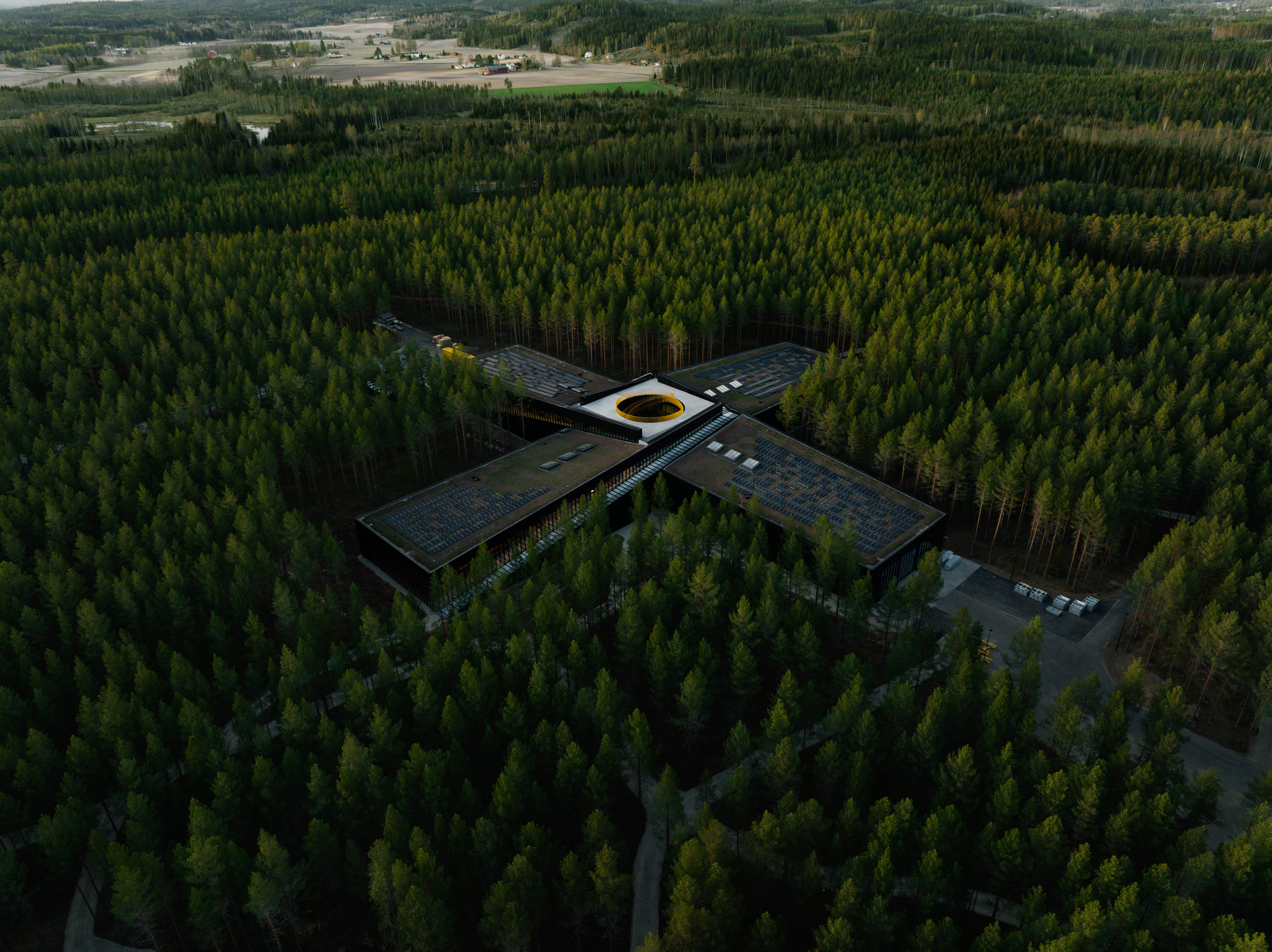
The Vestre factory by BIG
The BIG U is a case in point. Far from being an example of style over substance, the project’s public realm component has been critical to overall delivery. 'It becomes easier to build consensus around taking major adaptive actions when you can deliver other social and environmental factors at the same time,' says Jeremy Alain Siegal, an associate at BIG. 'So many big, transformative projects are stopped based on local concerns and our approach helps to speed things up and get crucial resiliency projects over the line by delivering benefits for multiple stakeholders.'
It also makes it easier to attract investment. In fact, the federal government’s allocation of $335m to fund the first phase of the BIG U’s construction, otherwise known as the East Side Coastal Resiliency Project, was strictly contingent on the delivery of access improvements, community-orientated programming and ecological enhancement within the local area.
'It helps if you are profoundly convinced by what you are doing'
Bjarke Ingels

BIG U
Rare or replicable?
As for the replicability of Ingels’ oxymoronic idea of hedonistic sustainability, BIG recognises this as an 'essential' part of its schemes and has created a toolkit based on lessons and learnings from the BIG U to help other cities apply similar strategies. Think of cities like Bangkok, Venice, Dhaka, and Miami – all of which are currently investigating flood and storm defence systems.

BIG U
Other Danish architects are also working on similar projects, including design practice Tredje Natur’s floating car parks to prevent urban flooding and architecture studio CF Møller’s flood defence system that doubles up as a nature park.
Delivering any of these schemes requires doing things differently, says Ingels. 'It helps if you are profoundly convinced by what you are doing,' he adds. 'And, when you are trying to create something new, taking things from seemingly opposite sides of the fence to create a new hybrid is a good place to start.'
Emily Wright is a journalist and moderator with over twenty years’ experience writing about and commenting on real estate, architecture, design and innovation. Formerly head of content and global editor at leading real estate title Estates Gazette, she now writes for a range of titles including Wallpaper*, The Times, Dezeen and The Spaces and has interviewed architects, developers and political figures including Zaha Hadid, Richard Rogers, Norman Foster, Terence Conran and Donald Trump. A passionate advocate for human-centred design she also writes Well-Placed, a monthly Substack focussed on the importance of places and spaces designed and developed with the end-user in mind.
-
 Vigilante’s 1979 Jeep Wagoneer features luxury trim, modern muscle and elevated styling
Vigilante’s 1979 Jeep Wagoneer features luxury trim, modern muscle and elevated stylingTexan restomod master Vigilante has created a new take on the classic Jeep Wagoneer, transforming the 1970s family SUV into a sleek, architectural powerhouse
-
 Australian studio Cordon Salon takes an anthropological approach to design
Australian studio Cordon Salon takes an anthropological approach to designWallpaper* Future Icons: hailing from Australia, Cordon Salon is a studio that doesn't fit in a tight definition, working across genres, techniques and materials while exploring the possible futures of craft
-
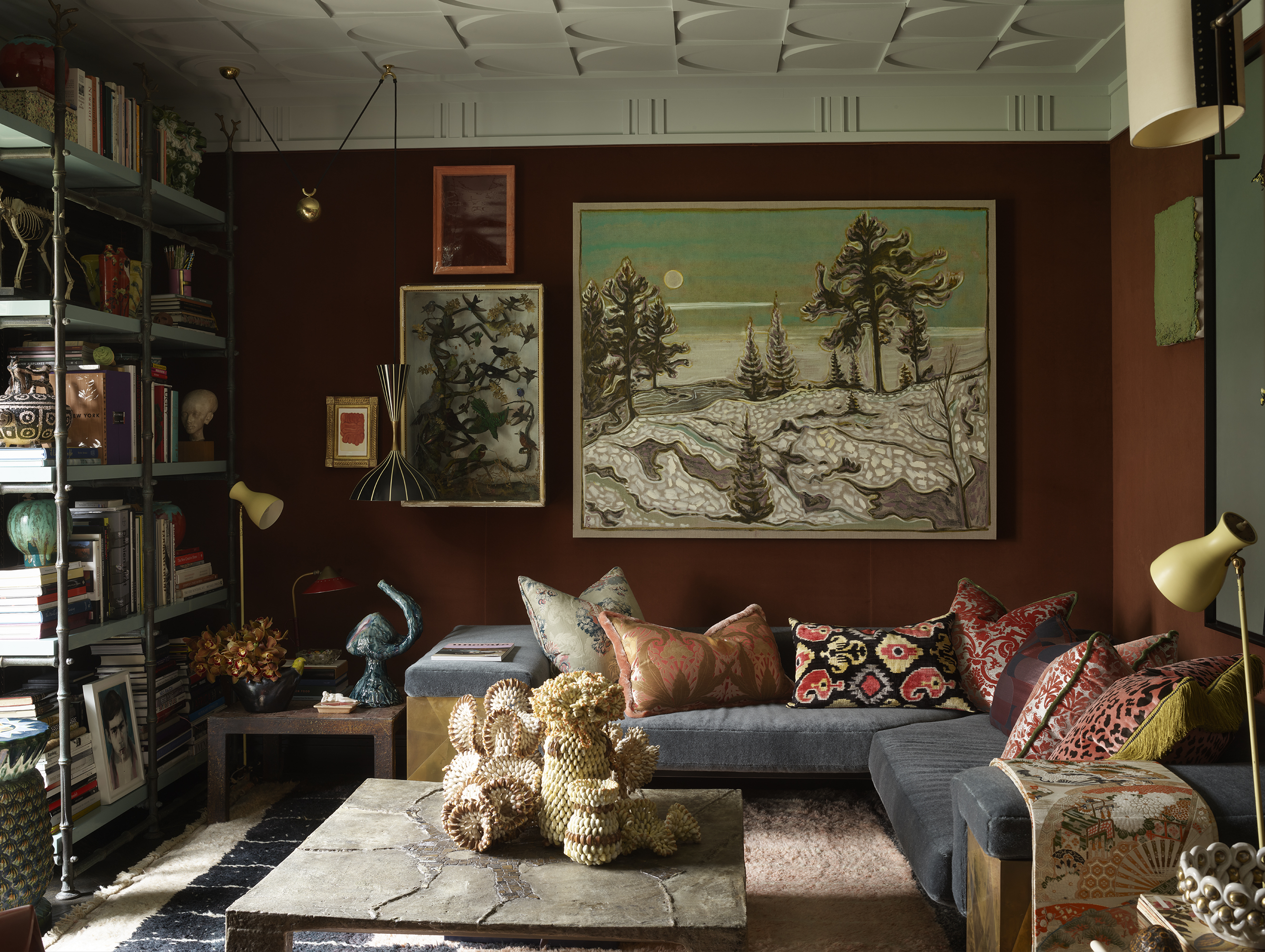 This designer’s Shoreditch apartment is ‘part grotto, part cabinet of curiosities’
This designer’s Shoreditch apartment is ‘part grotto, part cabinet of curiosities’The apartment serves as Hubert Zandberg’s ‘home away from home’, as well as a creative laboratory for his design practice. The result is a layered, eclectic interior infused with his personality
-
 The Architecture Edit: Wallpaper’s houses of the month
The Architecture Edit: Wallpaper’s houses of the monthFrom wineries-turned-music studios to fire-resistant holiday homes, these are the properties that have most impressed the Wallpaper* editors this month
-
 Clad in terracotta, these new Williamsburg homes blend loft living and an organic feel
Clad in terracotta, these new Williamsburg homes blend loft living and an organic feelThe Williamsburg homes inside 103 Grand Street, designed by Brooklyn-based architects Of Possible, bring together elegant interiors and dramatic outdoor space in a slick, stacked volume
-
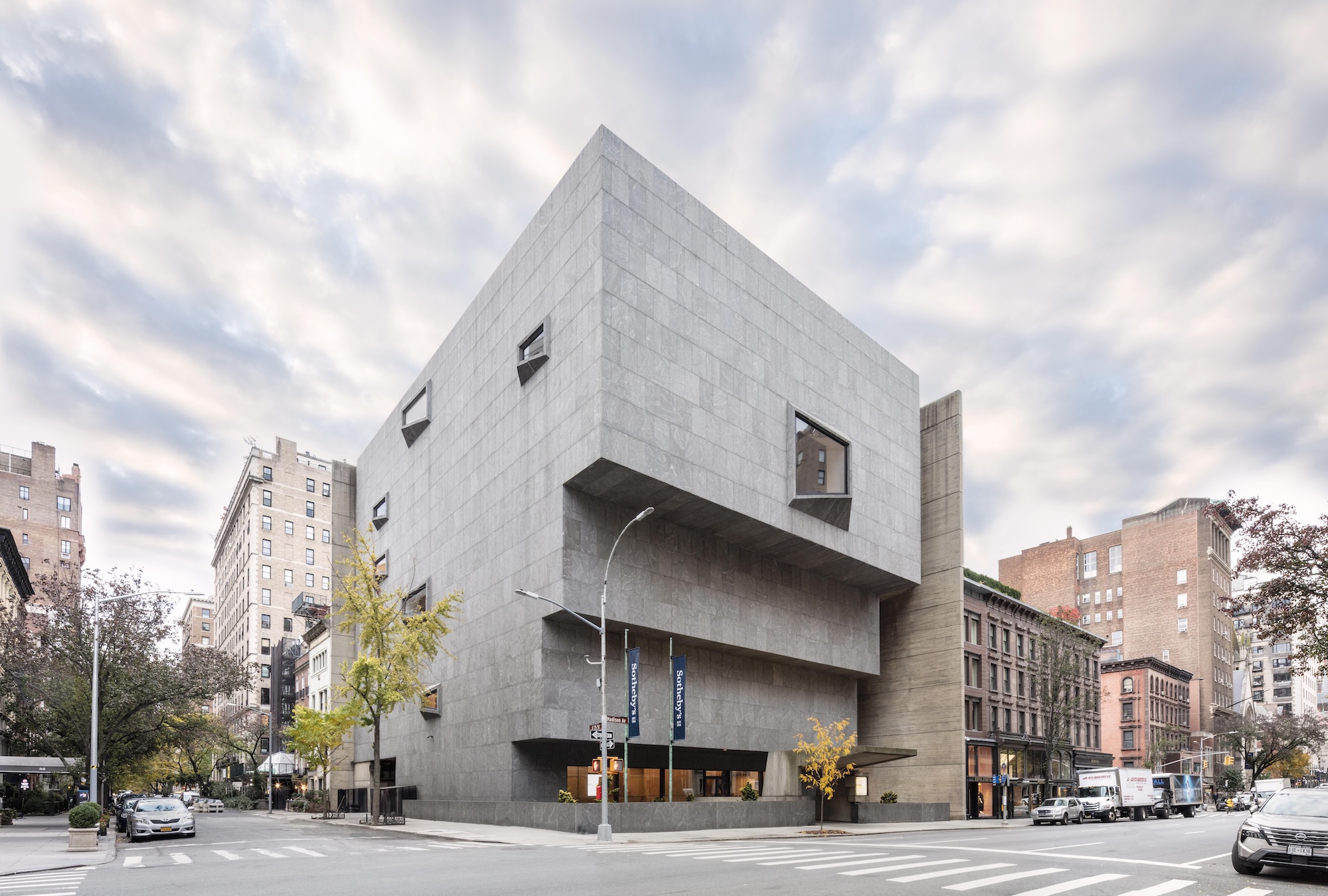 New York's iconic Breuer Building is now Sotheby's global headquarters. Here's a first look
New York's iconic Breuer Building is now Sotheby's global headquarters. Here's a first lookHerzog & de Meuron implemented a ‘light touch’ in bringing this Manhattan landmark back to life
-
 In the heart of Basque Country, Bjarke Ingels unveils a striking modular building devoted to culinary research
In the heart of Basque Country, Bjarke Ingels unveils a striking modular building devoted to culinary researchSee what the architect cooked up for the Basque Culinary Center in San Sebastián, Spain
-
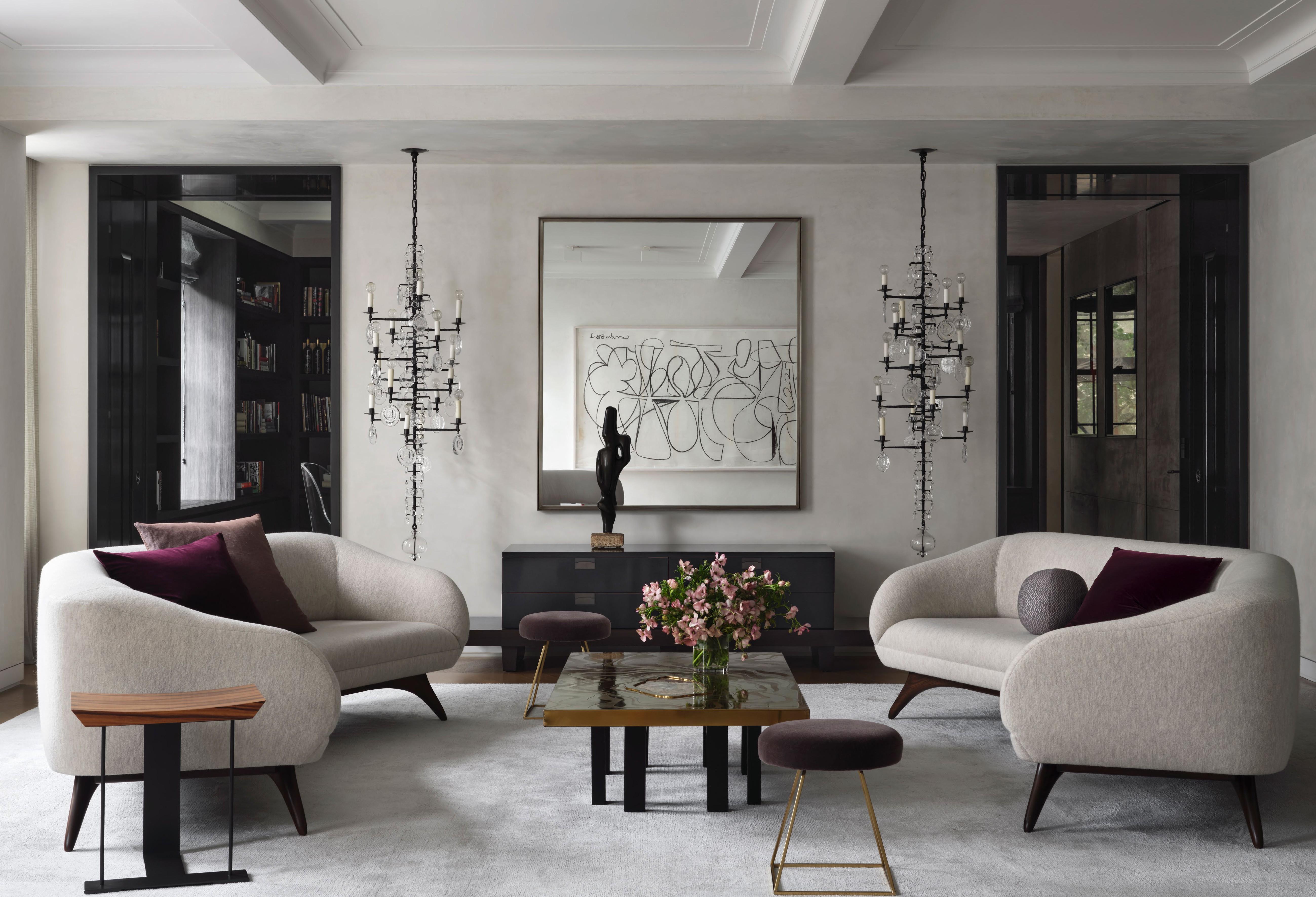 This refined Manhattan prewar strikes the perfect balance of classic and contemporary
This refined Manhattan prewar strikes the perfect balance of classic and contemporaryFor her most recent project, New York architect Victoria Blau took on the ultimate client: her family
-
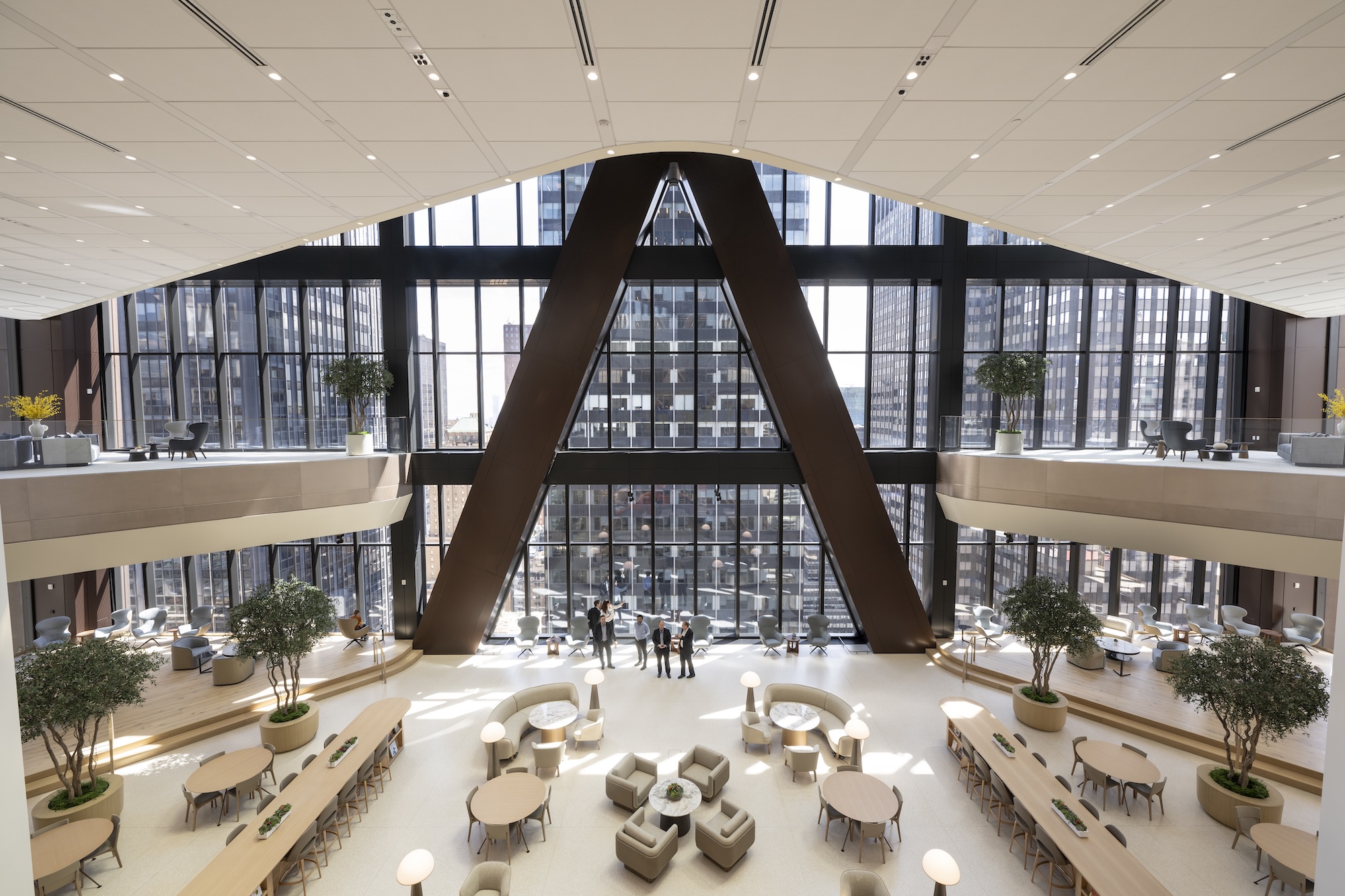 ‘It’s really the workplace of the future’: inside JPMorganChase’s new Foster + Partners-designed HQ
‘It’s really the workplace of the future’: inside JPMorganChase’s new Foster + Partners-designed HQThe bronze-clad skyscraper at 270 Park Avenue is filled with imaginative engineering and amenities alike. Here’s a look inside
-
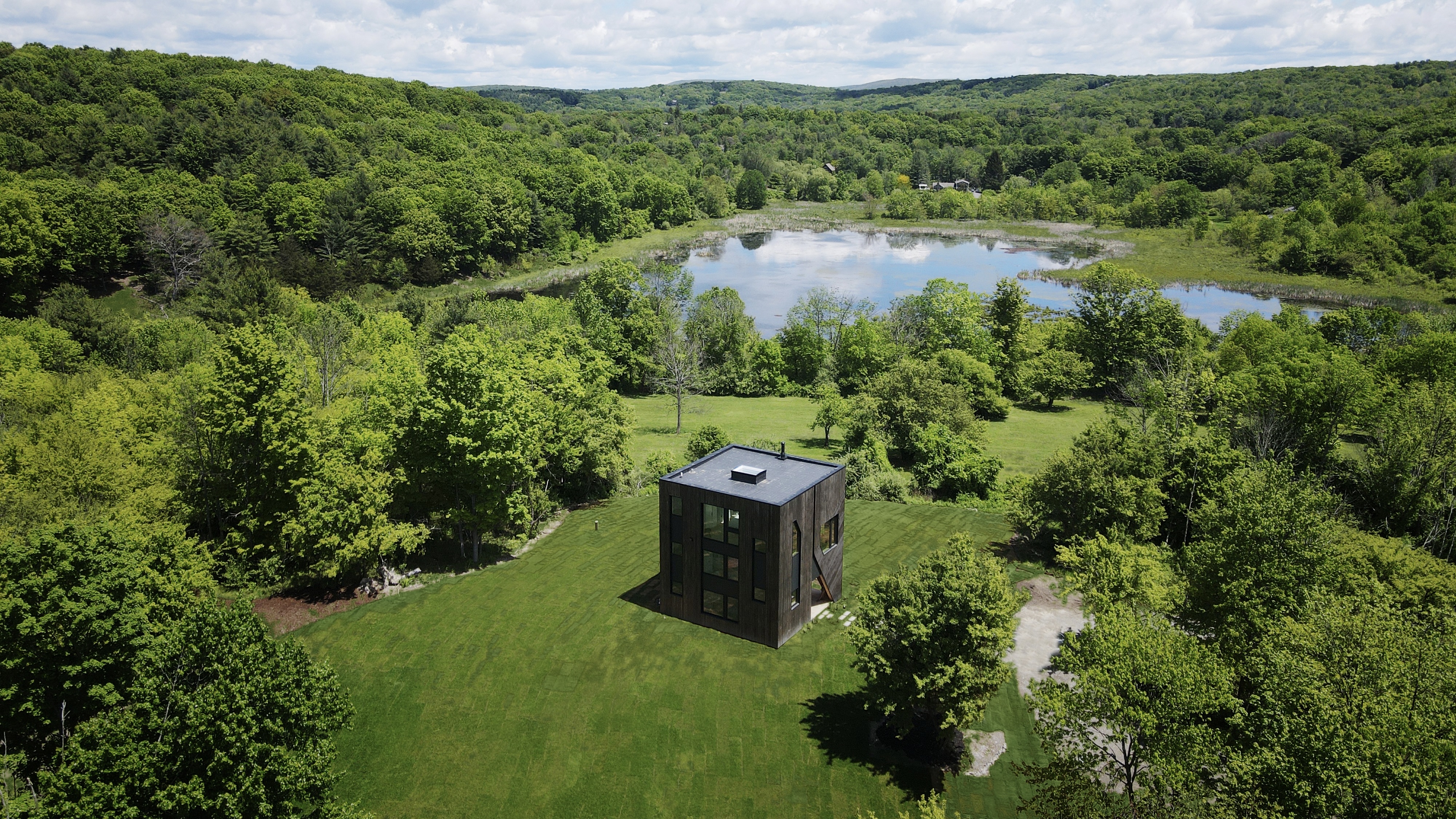 This perfectly cubed house sits atop a hill in Hudson Valley
This perfectly cubed house sits atop a hill in Hudson ValleyForma’s ‘House on a Hill’ resembled a black wooden box – all straight lines and sharp angles against the rolling backdrop of New York State
-
 Meet Studio Zewde, the Harlem practice that's creating landscapes 'rooted in cultural narratives, ecology and memory'
Meet Studio Zewde, the Harlem practice that's creating landscapes 'rooted in cultural narratives, ecology and memory'Ahead of a string of prestigious project openings, we check in with firm founder Sara Zewde